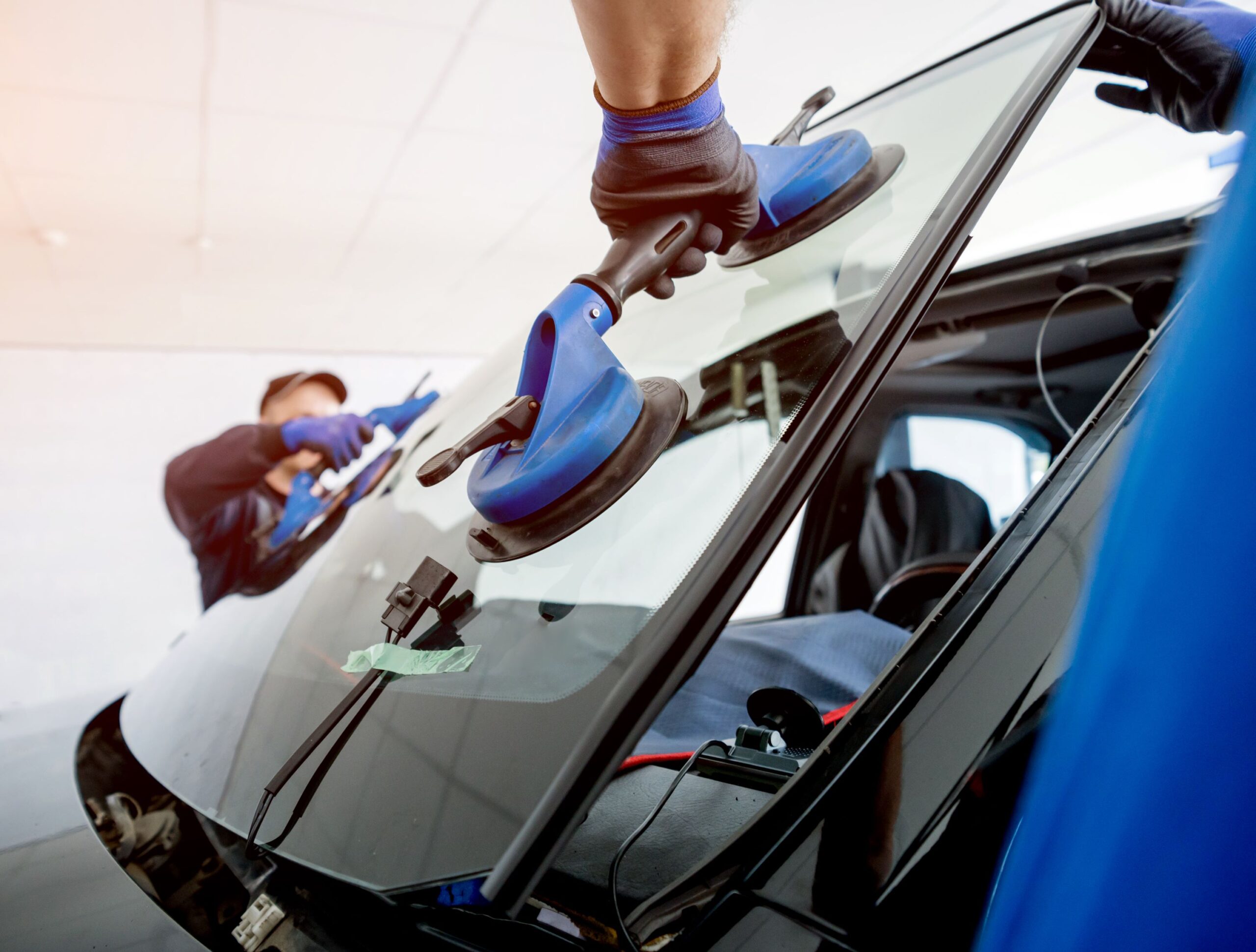In the wood industry, efficient transport solutions are crucial for ensuring a smooth supply chain, from raw material procurement to final product delivery. As environmental concerns and operational costs grow, companies are increasingly seeking optimized transport strategies to enhance productivity and sustainability. This optimization encompasses various facets, including logistics planning, vehicle selection, and route management, all aimed at minimizing costs while maximizing efficiency. One of the key elements in optimizing transport solutions is the strategic planning of logistics. This involves analyzing the entire supply chain to identify bottlenecks and inefficiencies. Companies can employ advanced software tools that utilize data analytics and machine learning to predict demand and optimize inventory levels. By accurately forecasting the volume of wood required at various stages, businesses can adjust their transport schedules, reducing unnecessary trips and associated costs. Additionally, this planning allows companies to implement just-in-time delivery systems, ensuring that materials arrive precisely when needed, which further minimizes storage costs and reduces the risk of inventory obsolescence.

Vehicle selection plays a pivotal role in transport optimization within the wood industry. Companies are increasingly turning to specialized vehicles designed for transporting heavy and bulky loads, such as logs and timber. These vehicles not only enhance safety but also improve fuel efficiency. Innovations in transportation technology, such as electric and hybrid vehicles, are gaining traction, driven by the need to reduce carbon emissions. By investing in eco-friendly transport options, companies can significantly lower their environmental impact while also appealing to a growing segment of environmentally conscious consumers. Route management is another critical aspect of transport optimization. Implementing GPS tracking and route optimization software enables companies to determine the most efficient paths for their transport vehicles. This not only saves time but also reduces fuel consumption and wear and tear on vehicles. Advanced algorithms can analyze traffic patterns, weather conditions, and road closures to identify the best routes in real-time, further enhancing efficiency. By minimizing delays, businesses can ensure timely deliveries, improving customer satisfaction and strengthening relationships with clients.
Collaboration within the industry can also lead to enhanced forest products cargo solutions. Companies can partner with logistics providers or other businesses in the wood supply chain to share resources, reduce transportation costs, and streamline operations. This collaborative approach can help companies achieve economies of scale, making transport more efficient and cost-effective. Finally, the integration of technology into transport processes cannot be overstated. Utilizing Internet of Things (IoT) devices for real-time tracking of shipments allows companies to monitor conditions during transport, ensuring the quality of wood products is maintained. Additionally, leveraging blockchain technology can enhance transparency in the supply chain, facilitating better communication and trust among stakeholders. In conclusion, optimized transport solutions in the wood industry are essential for enhancing efficiency, reducing costs, and promoting sustainability. By focusing on logistics planning, vehicle selection, route management, collaboration, and technology integration, companies can create a more effective and eco-friendly transportation system that meets the evolving demands of the market while supporting their operational goals.


 Cherry pickers are designed to cater to a wide variety of needs across diverse sectors. In construction, they enable workers to reach high places without the need for scaffolding or ladders, making tasks such as roofing, window installation, and painting much safer and faster. The ease of movement and height adjustment allows construction crews to work with greater precision, reducing the time spent on projects and minimizing the risk of accidents. In the maintenance industry, cherry pickers are vital for tasks like cleaning windows on tall buildings, repairing streetlights, and
Cherry pickers are designed to cater to a wide variety of needs across diverse sectors. In construction, they enable workers to reach high places without the need for scaffolding or ladders, making tasks such as roofing, window installation, and painting much safer and faster. The ease of movement and height adjustment allows construction crews to work with greater precision, reducing the time spent on projects and minimizing the risk of accidents. In the maintenance industry, cherry pickers are vital for tasks like cleaning windows on tall buildings, repairing streetlights, and 